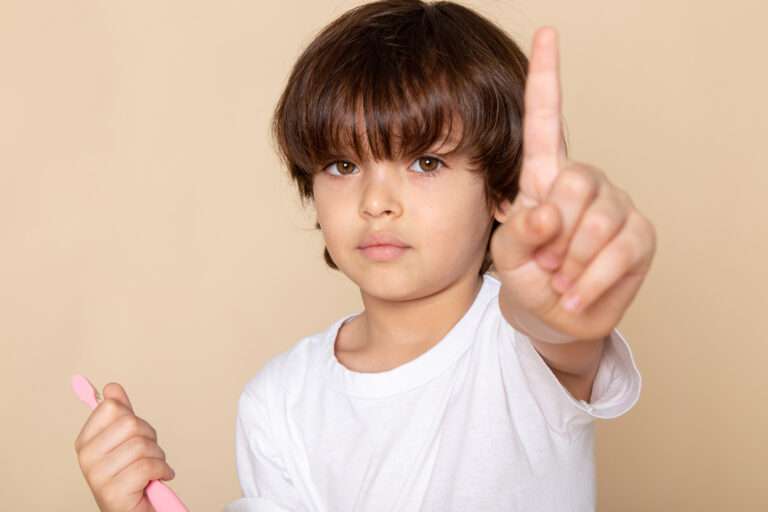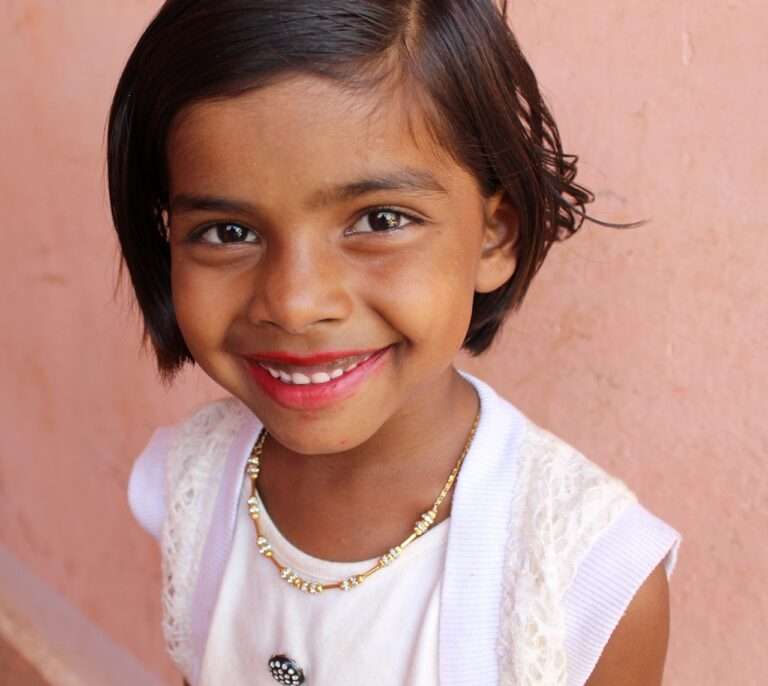Molluscum contagiosum in children
Molluscum contagiosum is a common viral infection of the skin that primarily affects children. It’s caused by the molluscum contagiosum virus, a member of the poxvirus family. Here are some key points about this condition:
- Appearance: The infection leads to the development of small, painless bumps (lesions) on the skin. These bumps are usually firm, dome-shaped, and pearly in appearance. They may have a dimple in the center.
- Transmission: Molluscum contagiosum is highly contagious. It spreads through direct skin-to-skin contact with an infected person or by touching objects contaminated with the virus (such as towels, clothing, or toys).
- Symptoms: The primary symptom is the appearance of the lesions, which can occur anywhere on the body but are most commonly found on the trunk, arms, and legs. In children, the face, neck, armpits, and hands are also common sites. The lesions are generally not painful, but they may itch.
- Duration: The lesions can last anywhere from a few weeks to several months. The body’s immune system eventually clears the virus, and the lesions heal without scarring.
- Treatment: In many cases, no treatment is required, as the bumps usually resolve on their own. However, treatment options are available to speed up healing or for cosmetic reasons. These include topical therapies, cryotherapy (freezing the lesions), and curettage (surgical removal).
- Prevention: To prevent the spread of the virus, it’s important to avoid sharing towels, clothing, or other personal items with an infected person. Children with molluscum contagiosum should also avoid scratching the bumps to prevent spreading the virus to other parts of their body or to other people.
- Complications: While generally mild, complications can include secondary bacterial infections of the skin lesions. In rare cases, people with weakened immune systems may have more severe symptoms.
- Consult a Doctor: If you suspect your child has molluscum contagiosum, it’s advisable to consult a healthcare provider for proper diagnosis and advice on management, especially if the lesions become red, swollen, or painful, which might indicate a secondary infection.
Remember, while molluscum contagiosum is common and generally harmless, it’s always best to seek medical advice for proper diagnosis and treatment recommendations.
------------From our Sponsors------------









